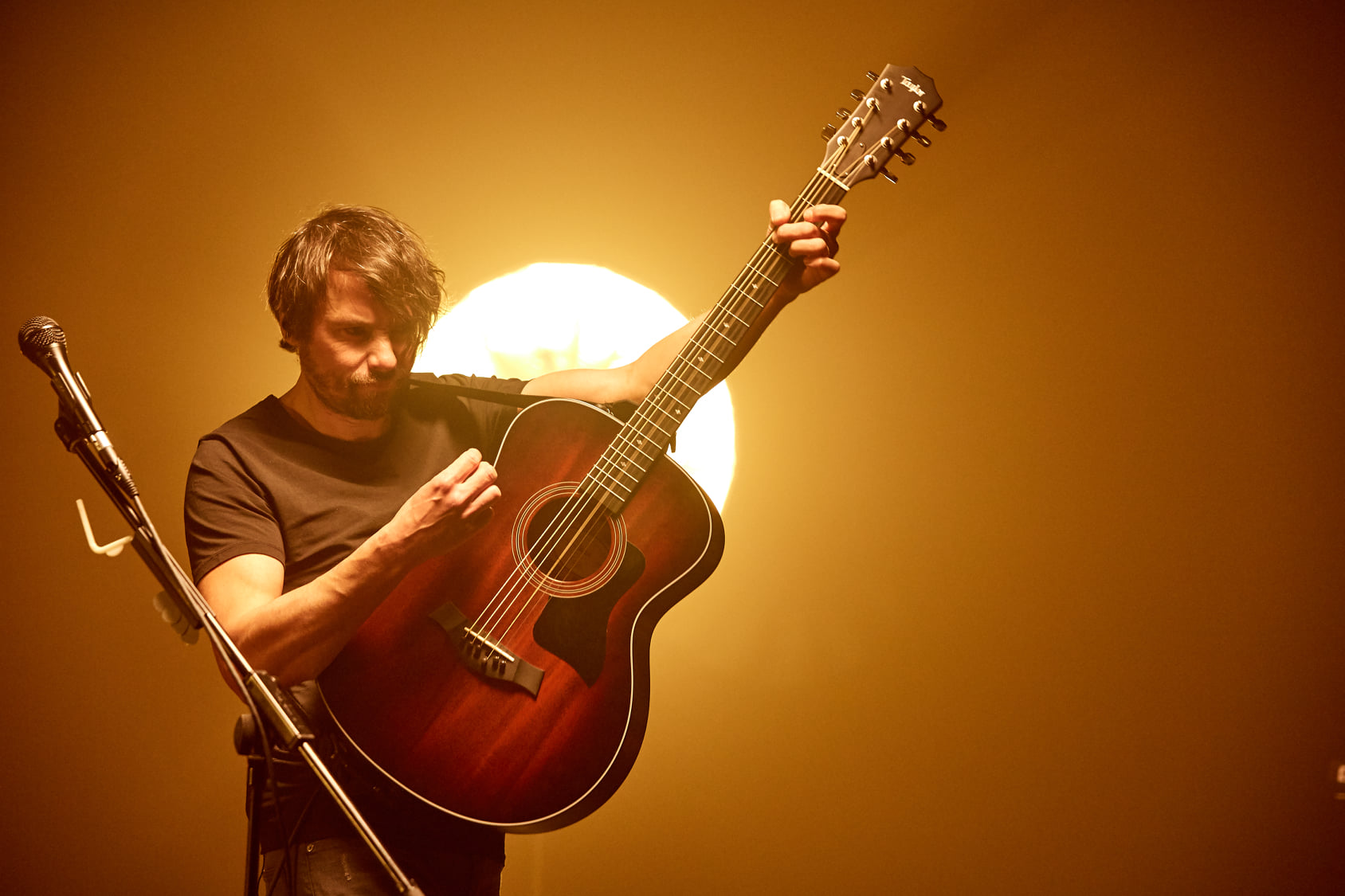Bruce Soord is a multi-instrumentalist, songwriter and frontman for internationally-renowned experimental rock outfit The Pineapple Thief. Originally formed in 1999, The Pineapple Thief has released 14 studio albums over the past two decades and just concluded a six-week tour in North America for their acclaimed 2020 album Versions Of The Truth.
In addition, Soord has released two albums as a solo act, 2015’s Bruce Soord and 2019’s All This Will Be Yours, as well as collaborated with Katatonia lead singer/songwriter Jonas Renkse for the genre-defying Wisdom Of Crowds (2013) album.
He’s also a well-known figure in the world of immersive audio, having remixed albums by progressive rock bands such as Riverside, Katatonia, Anathema, and Opeth in 5.1 surround sound. More recently, he’s upgraded his studio for Dolby Atmos mixing and created Atmos mixes of The Pineapple Thief’s last two releases, 2022’s Give It Back and 2021’s Nothing But The Truth.
We had the chance to interview Bruce about The Pineapple Thief’s music, his experience mixing in 5.1 & Dolby Atmos, as well as an upcoming third solo album.
How was the North American leg of the tour? Did you feel audiences were connecting with the music?
Yeah, it was really good fun. We were out there for about six weeks. There’s something different about the North American audiences, but I guess you could say that about everywhere we go.
In South America, it's like a football match. They're all just chanting all the way through. In North America, people are just so friendly. They’re really excited to be at the shows. The only thing is that every band under the sun was on tour too. Everyone I know, at least in our sort of scene, was on a bus touring around the states. So it was quite busy.
I can’t think of any American artists making music similar to that of The Pineapple Thief, so that may have inspired fans to get out and see the show.
You’re right, there's actually not a lot of American bands doing that kind of thing. Over in the UK and Europe, you've got bands like Riverside that are perhaps a bit similar.
Tell us about the making of the Give It Back album. Whose idea was to revisit and re-record these older songs? Looking back, how do you feel your songwriting/arranging style has changed since these songs were first recorded?
The main reason it came about was because when we played live with Gavin [Harrison] on drums, we had reworked a lot of the back catalog stuff from before Your Wilderness (2016) to fit his style. We were all surprised by how fresh the older songs sounded live, and I think that's what gave us the idea to record it.
We've all got our own home studios, and the dreaded lockdown was the perfect opportunity to do it. I didn’t realize how many songs I’d written until Gavin started going through all the old albums.
Gavin has his drum kit set up with some of the best mics you can get, and he has a great-sounding live room, so it’s really quick for us to start working. He’ll call me and suggest a certain song, then send me the new drum track. I’ll then take that and start adding to it, then send my ideas back to him. We must have been working on it on-and-off for a good two or three years, I think.
So the band had started developing this material before you filmed the Nothing But The Truth live-streamed concert in December 2020?
Yes. For Record Store Day a few years ago, we did a limited EP release with four of the “re-wired” songs. So that was the beginning of it. Then, I think it was the label that suggested we put a new record out between the studio albums of newer material.
Listening back to the original versions of these songs, there’s really quite a radical difference between how I used to work then versus now. My songwriting and producing style has definitely changed, it’s become more concise and considered.
In the old days, I’d loop things for a while and kind of jam or add layers on top of that repeating phrase. I think my approach to instrumentation is different as well, there’s more attention to detail. There is still some charm to the originals though.
The oldest song on the album, “137,” was written in the year 2000. I’ve been singing for 20 years since then, so my voice has gotten a bit better.
When I started mixing my own music in the early days, I used to listen to other artists’ records and wonder how they made them sound so good. There was such depth, almost a 3D quality to the soundstage. I could hear everything that was going on. I assumed it must be because they had state-of-the-art studios, the best equipment, and the most amazing preamps and mics. Now, I realize that the key ingredient is playing really well. If the band is locked in and tight, then the mix kind of sorts itself out.
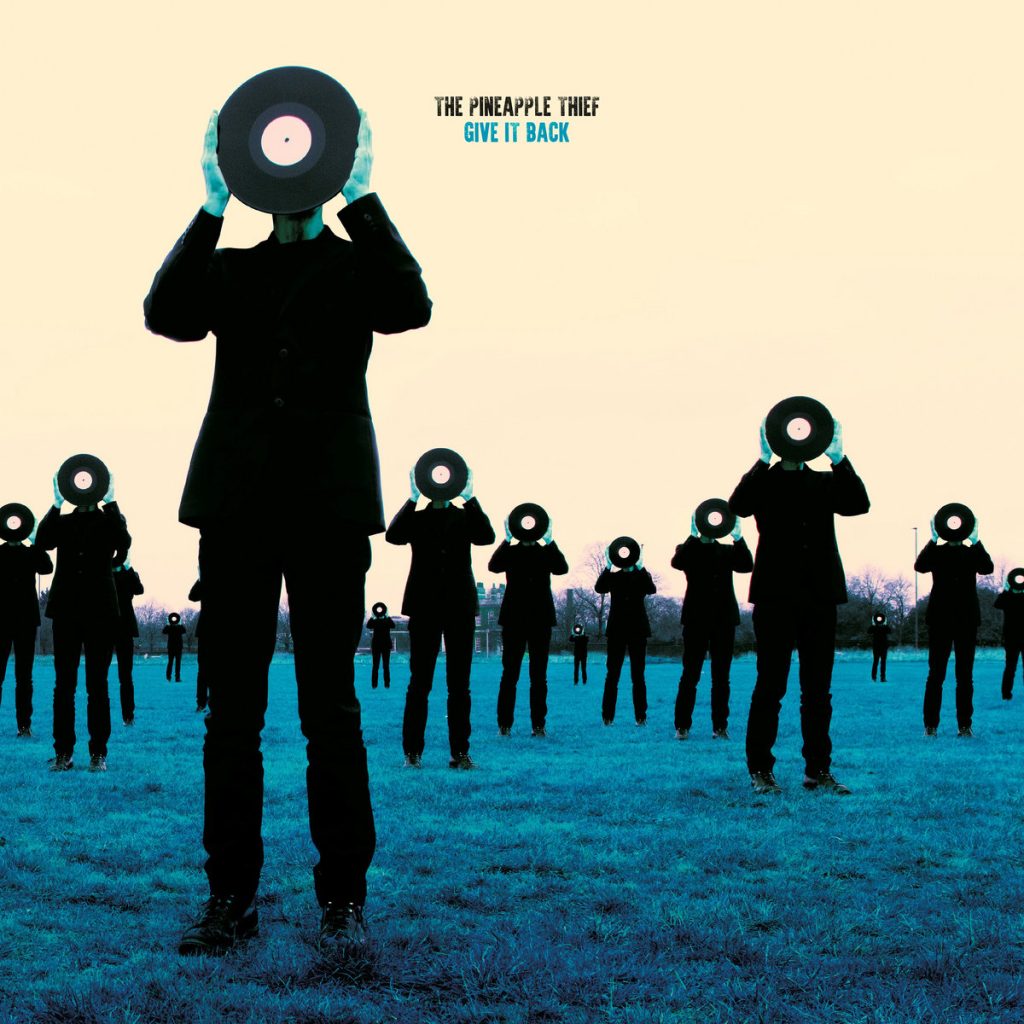
I’ve noticed that the marimba has become a sort of signature sound for The Pineapple Thief, starting with its use on the song “Versions Of The Truth.”
Yeah, Gavin's got this marimba. I remember him telling me the story of how he bought it off someone second-hand on the cheap. We usually rehearse in his studio, and I would always notice it in the corner of the room. I don’t think he used it all that often.
When we were developing the track “Versions Of The Truth,” I had sent him an early demo with the initial riff and sub-bass. He sent it back to me with the marimba on it, and I remember thinking “what the hell’s this?” I would never have thought to try marimba on a rock track, and it worked great. Since then, he’s used it quite a few more times. It has kind of become a staple of Gavin’s sound with our more recent The Pineapple Thief compositions. Unfortunately, it’s too big to bring out on tour!
Yeah, for the tour I’d imagine you must have played along with a pre-recorded loop. That song definitely wouldn’t be the same without the marimba.
When we do our five nights in the Royal Albert Hall or wherever, we're definitely going to hire a professional marimba player [laughs].
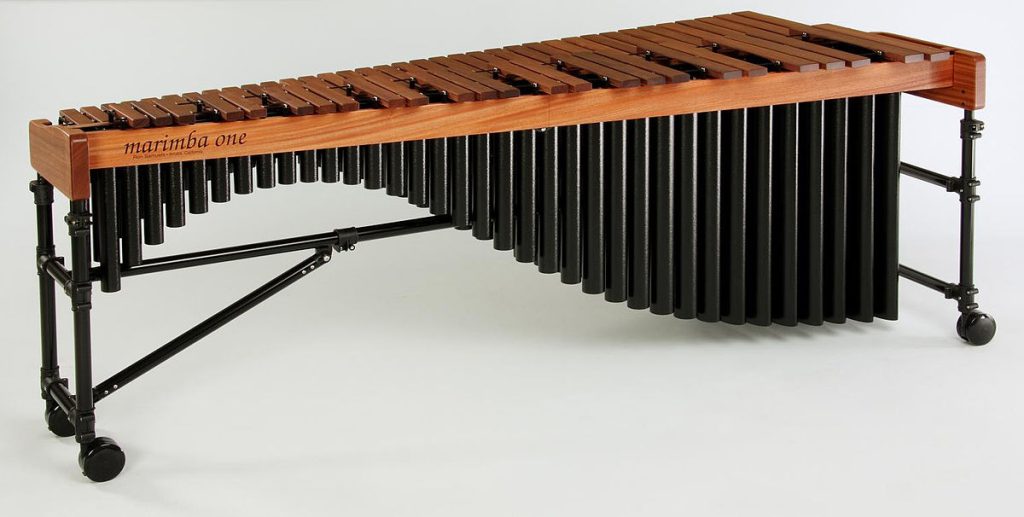
It’s interesting what you said about the more experimental approach of the older material. “Private Paradise,” the first song on The Pineapple Thief’s debut record, Abducted At Birth (1999), is over 11 minutes long. That’s a pretty bold opening statement.
What the hell was I doing? [laughs] At the time, I was like a kid in a toy shop. This was back in 1999. In those days, you had to be a real enthusiast and a bit of a nerd to build a working home studio.
I was so excited working with my sampler, getting the iconic mellotron sound for the first time. You just want to do every possible thing that you can think of. That’s what it sounds like when I listen to the early stuff. When you add the middle section and a big outro, before you know it eleven minutes have gone by.
I wouldn’t say it’s a mess, but on that song you can hear I was trying to combine my ‘70s progressive rock influences with then-contemporary grunge stuff like Smashing Pumpkins. I even tried to sing like Billy Corgan back then. So in molding those things together, I ended up with this long song with grungy elements.
Another early TPT song I’ve always enjoyed is “Remember Us” from Variations On A Dream (2003). I think you managed to justify the nearly 20-minute runtime of that song, it’s like a mini rock symphony with recurring motifs and themes that converge at the big finale.
It all goes back to what you were saying about my songwriting changing, being more experimental and long-form then versus the more concise and considered approach now.
Back in the day when it wasn't so considered, I was just sort of going off of a whim. Sometimes it worked though, and “Remember Us” is definitely one of those songs I look back at fondly. Fans loved it when we played that track live.
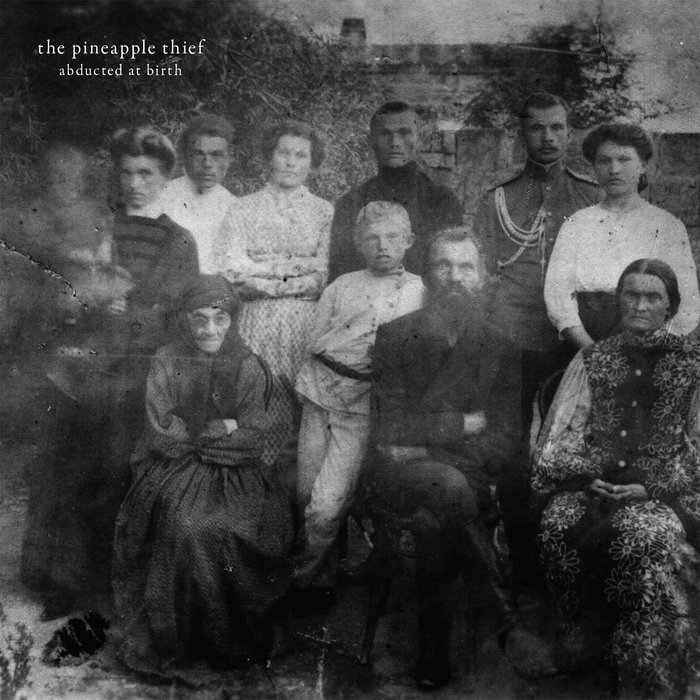
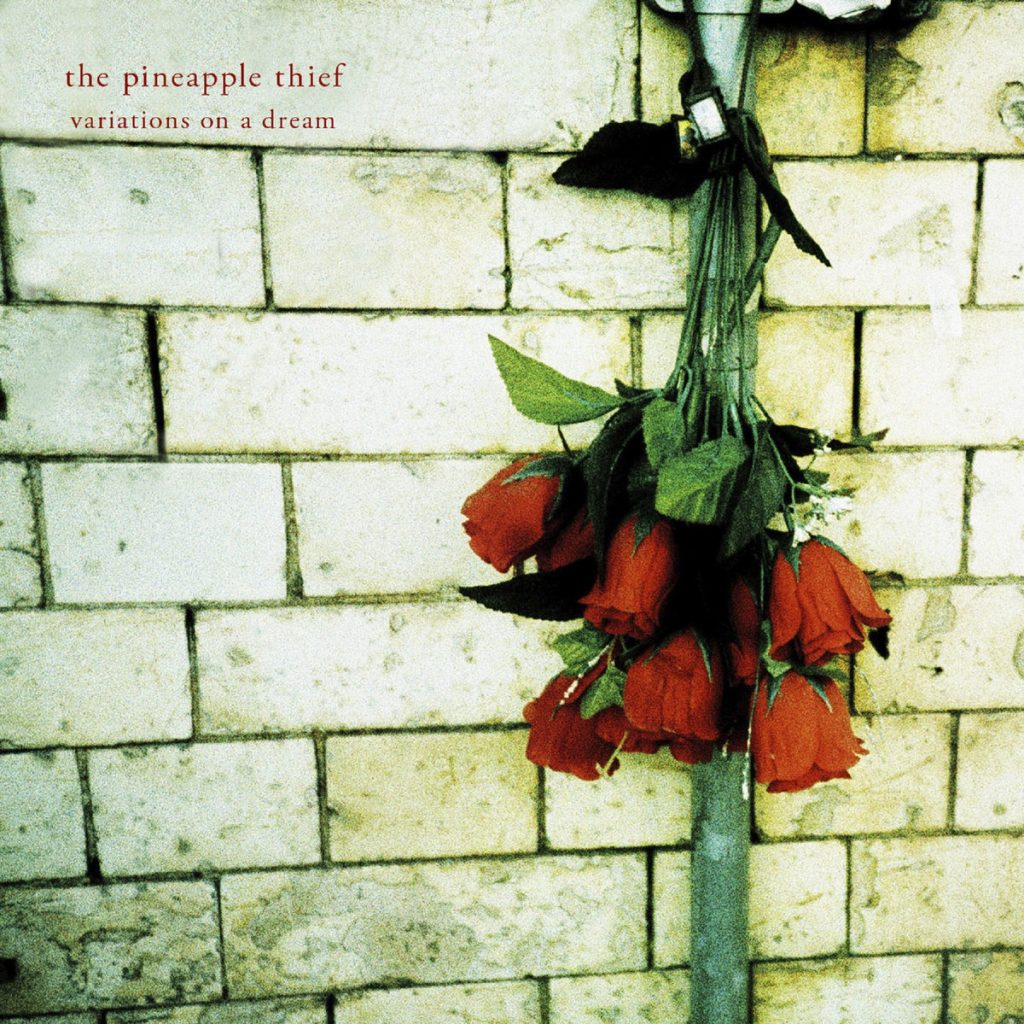
Would you be open to making a sequel album to Give It Back, with more of the older songs “re-wired” by Gavin?
Definitely. We're already talking about it because it's so easy to do, and it's such good fun. In fact, I've recently gone back and reloaded all of the old sessions in my studio. I’ll let Gavin pick whichever songs he wants to play.
Over the past several years, you’ve become somewhat prolific in the surround/immersive music community. How did you become aware of 5.1 music? Who gave you your first surround mixing gig?
My label, KScope, had issued quite a bit of 5.1 music over the years, mostly through Steven Wilson. I was involved with the band Katatonia at the time and touring with them. It was an acoustic tour, and one of the live shows we did in London was filmed and released under the name Sanctitude (2015). The band asked me if I could do a surround mix, and I said yes even though my studio at the time only had two speakers.
It did cost a bit of money to upgrade to 5.1, but I suppose in retrospect it’s a lot easier to set up than Dolby Atmos. I got a lot of good advice from people I knew about how to mix for 5.1, like Giancarlo [Erra] from NoSound and Steven Wilson.
It’s interesting figuring out how to approach it when you’re used to just looking at two speakers. Some people try to make it sound natural, like you’re watching the band perform on stage with added space and depth.
I did approach it a little bit like that at first, especially since the project was for film. You probably have to be a bit more mindful about having things come solely from the back, because it doesn’t make sense with the visuals. Even still, I think you can get away with moving the backing vocals and a lot of the ambient textures behind the listener. After that mix was released, I realized that what I wanted to do was completely throw away that sense of being natural.
To cut a long story short, the way I approach it now is to imagine myself right in the middle of the song. Almost anything goes for me in terms of placement. The drums tend to stay in the front, and you can’t have too much coming from the back because many listeners use small satellite speakers. My goal is to make it an immersive experience, like literally dipping your head right into the music.
I wish more people saw it that way!
It's a difficult balance. For Anathema’s A Sort Of Homecoming (2015), I went pretty extreme with a lot of the vocals coming from the back. It sounded good to me, but I remember reading a negative review complaining that it didn’t mesh well with the visuals. So you can’t please everyone, that's for sure.
For another live video project, The Pineapple Thief’s Where We Stood (2017), I actually experimented with doing two surround mixes: one natural and one discrete, because it’s quite easy to do. That way, you can please both camps.

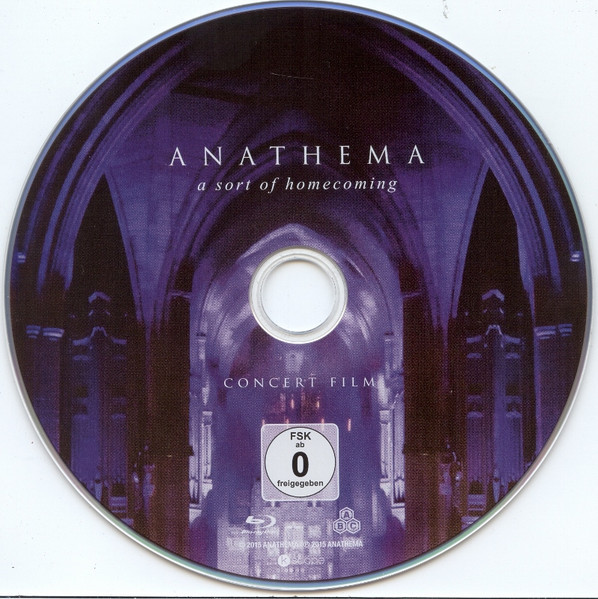
Reading critiques of surround music mixes online can be fascinating as well as frustrating, since listeners tend to have very diverse preferences and expectations.
In the early days, I did spend a bit of time reading comments online because I was really interested to see what the enthusiasts wanted. After about six months of doing that, I ended up a bit mentally tortured and decided to trust my own instincts. It’s still good to get some trusted feedback though, I’ve listened back to some of the old mixes and there’s definitely things there I wouldn’t do now. But yeah, I think you can get caught in the trap of trying to please everybody.
Versions Of The Truth was the runner-up for IAA’s Immersive Audio Album Of The Year award in 2020, so you must be doing something right.
Oh, that's great. It was the perfect record to do in surround, so glad to hear people enjoyed it.
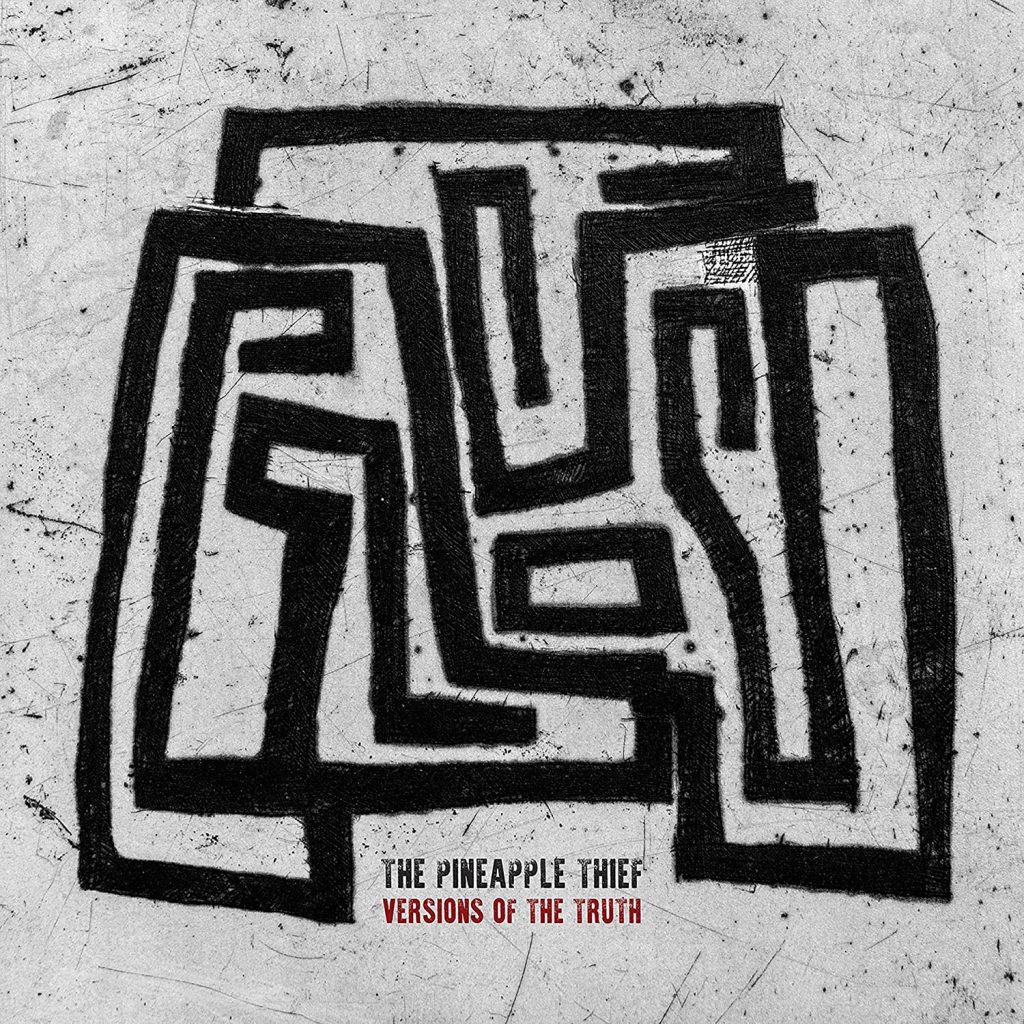
I’ve actually been using it as a reference recording to evaluate 5.1 systems. This may sound a bit elementary, but how did you get it to sound so good? Can you share any of your producing/recording/mixing secrets with our audience?
Thank you! I guess it's just experience, everyone in the band has been doing this for so long. Gavin does an amazing drum mix, so that’s a great place to start when you're a mixing engineer. We've also got Steve [Kitch], our keyboard player who's also the mastering engineer. It's really nice that all the work can be done in-house. After we've all been doing it for so long. maybe we've kind of finally figured it out.
From my own experience, mixing drums in particular can be incredibly difficult.
Yes, absolutely. Gavin will say it's a dark art. There's so much to manage in terms of all the mics and seperate pieces of the kit. There are technical considerations as well as natural ones, like what kind of sound you’re looking for.
Since Gavin delivers a stereo mixdown of the drums, I guess that means you can’t separate out the toms and cymbals in the surround mixes.
I’m actually quite happy with that. I remember doing the 5.1 mix of Opeth’s Deliverance (2002) record some years ago, and I think their drummer had four toms in his kit. I put one in each corner, so when he did a big fill it would travel around the room. It was fun to listen to, but I started to think maybe that was pushing the concept too far. Even when you’re putting your head in the middle of the music, I still imagine the drums to be in front of the listening position.
For Give It Back, I asked Gavin to split the close mics and ambient room mics. The close mics are usually put in front, but for the Atmos mixes I was able to pan the ambience behind and above. It sounds as if you’re standing right in front of the drum kit in the room it was played. When he hits the snare, you get the initial transient upfront and the delay/release of the reverb from behind.
On the topic of mixing in surround with visuals, I think you were able to strike a perfect balance with the 5.1 & Dolby Atmos mixes of Nothing But The Truth. Each band member can be heard distinctly from a different part of the room, yet it still matches their positions in the accompanying video.
Yeah, that was almost perfect. We're all in a circle with the camera going around: Gavin’s drums in the front, [rhythm guitarist] George [Marios] in the back. Steve on one side, and [bassist] John [Sykes] on the other. I placed everything in surround just as it was in the video. It worked really well and sometimes when the camera was moving, you could get away with moving some things around as well. It was good fun.
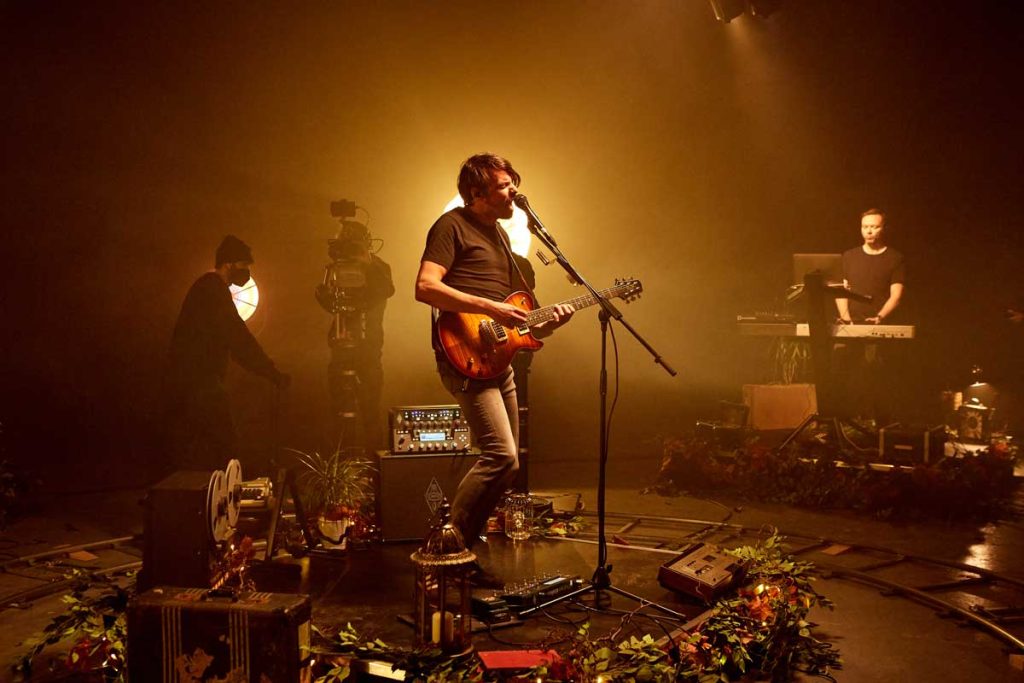
Do you ever listen to other engineers’ surround mixes for inspiration? If so, do you have a personal favorite 5.1 mix that isn’t one of your own?
Not too much, but I have listened to some. I’ve been fortunate to visit [mastering engineer] Simon Heyworth’s studio, Super Audio Mastering, that’s not far up the road, and he played me several of the King Crimson and Depeche Mode records that had been remixed in surround. Another one I really enjoyed was Beck’s Sea Change (2002), that record sounds so amazing.
It’s interesting that you mentioned the King Crimson reissues. Your 5.1 pedigree consists entirely of music recorded in the 21st century, whereas someone like Steven Wilson has made an entire side-career out of remixing vintage albums in surround sound. Does the idea of creating these “retrofit” surround mixes of classic material from the ‘60s, ‘70s, ’80s, and ‘90s interest you as well? If so, do you have a personal “wish list” of vintage albums you’d like to see reworked into 5.1 or Atmos?
Yeah, I'd love to. Like you said, most of what I’ve done is fairly current. The trouble is that most of the older albums I loved have already been done! I’m a huge fan of Anthony Phillips, particularly his Slow Dance (1990) album, and most of his back catalog has already been reissued with 5.1 remixes. That's the nature of the music I grew up listening to, lots of box sets and deluxe reissues.
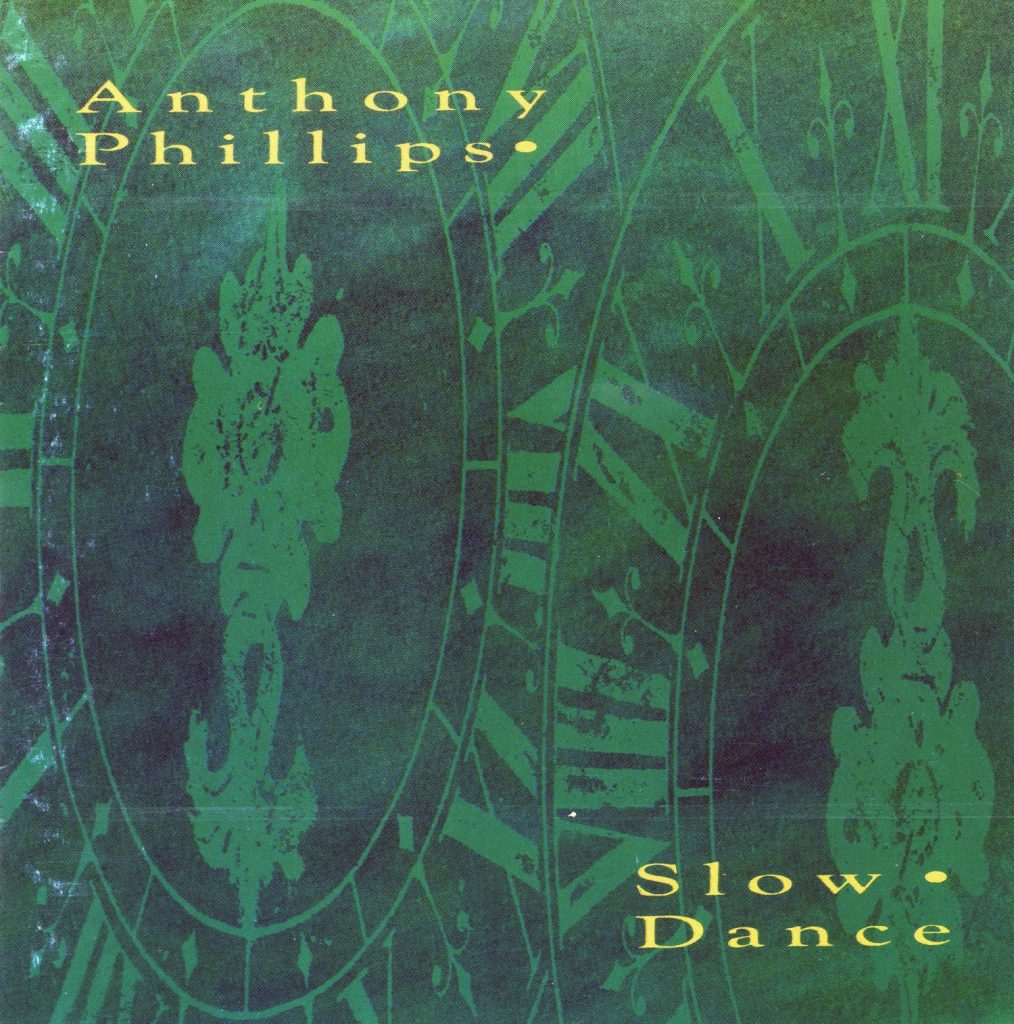
When you’re composing new music or tracking in your home studio, do you always keep surround implementation in mind? For instance, would you intentionally double-track your vocal multiple times or add a set of room mics when recording drums to benefit a future 5.1 or Atmos mix?
I'm working on a solo record right now. Funnily enough, you may have touched on something that I hadn’t consciously realized. When I’m starting to layer things up, I’ll think “Should I double the vocals? Should it be a stereo double? Or should I do backing vocals and stereo double those?” When you mix in surround and place the doubles in the rear, it feels like the vocalist is completely around you and I love that effect. So it does influence me, assuming I can be bothered to track all these extra vocals that aren’t necessarily required.
The surround is usually the last part of the process. I’ll mix in stereo, then 5.1, and finally Atmos. I remember reading an article mentioning that no one ever starts with stereo, you’re supposed to begin with the most complex mix and scale it down from there. I guess that must be how it works for film and TV. By starting with stereo, I’m able to expand all the effects and bring out a lot of “ear candy” in the surround.
When you move from stereo into surround, does the instrument balance and processing (EQ, compression, delay, etc) all stay the same? Or do you have to rework certain aspects of the mix because of the expanded soundstage?
Yeah, it’s not quite as simple as panning everything out of the stereo picture. The power distribution changes, so you do have to work quite hard to get a surround mix sounding cohesive. I’ll often tweak levels as well as EQ. When you bring the doubles and harmonies out into surround, they can sound overexposed and need to be treated with more ambience to blend better. It’s not as complex as doing a stereo mix from the ground up, but it does require some finesse.
Since the introduction of 5.1 surround in the 1990s, there’s been debate over how the center speaker should be utilized in a music-only context. Where do you stand on the center channel?
I think it’s maybe one of the toughest things of all when it comes to mixing surround. I've heard some mixes where the vocals are 100% panned to the center and nowhere else. The approach I’ve settled on is to have a spread, send the vocal to the center with some divergence into the left & right.
There’s also a non-artistic reason for this: a lot of artists worry about having their vocal completely solo in the center, as fans can extract it and create their own remixes. Some artists I’ve worked with will ask me to move some drums and guitars in the center along with the vocals.
There’s also the matter of most home theater setups not using a matched speaker for the center speaker.
I'm always quite nervous about how I use it. When Dolby came down to configure my room, they recommended getting a matched center with an 8-inch driver rather than the smaller 6-inch speaker I had before. A lot of the consumer-grade center speakers out there are designed only for dialogue, so you’ve got to be careful. If I were to do a record with the lead vocal purely in the center, it probably wouldn’t sound great on everyone’s system.
TPT’s latest releases, Nothing But The Truth and Give It Back, feature a Dolby Atmos mix in addition to the typical 5.1 & stereo options. How does mixing in Atmos differ from 5.1?
I had seen Steven Wilson post a picture online of his Atmos studio a few years ago, which inspired me to upgrade as well. I emailed him about it at the time and we had a nice chat. I’ve been working in this room for just over a year now.
One of the hardest things about going Atmos is hanging the top speakers, which probably turns a lot of people off to the format. Since I had moved to a new room, we were able to have wiring run internally for the in-ceiling speakers.
Dolby got in contact with me because they were really pushing Atmos for music. They came down with a very complex setup mic, sort of like what you’d use for SonarWorks room correction. When they finished configuring it, I sat down and it was amazing. You could pan the sound to any point in the room without energy loss or a change in tonality.
After I finished Nothing But The Truth, I took the Atmos mix up to Dolby’s room and it sounded exactly the same as my home setup. It was great, and I think the main thing about the Atmos paradigm is the fact that it is designed to work with headphones and streaming. My Atmos mixes have been released on Blu-Ray, but it’ll be interesting to see how the spatial audio for streaming evolves over time.
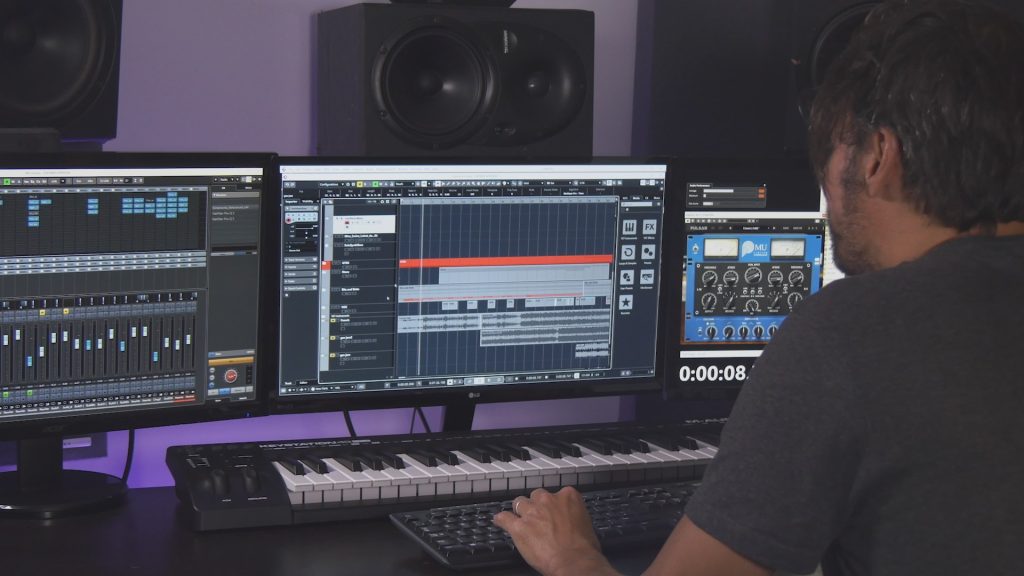
As a longtime surround music fan, I’ve been amazed at just how much new content there is up on Apple Music and Tidal. There’s more than I have time to listen to, which is unprecedented.
It's really frustrating because the digital distributors for the labels I worked with still haven't caught up. They aren't able to get the music to services like Apple or Tidal.
The other interesting thing is that many enthusiasts only have two top speakers, whereas I’m working with four. When those signals are collapsed into a single overhead pair, the mix can change. There’s a lot to think about when you’re using the top speakers.
With the introduction of Apple’s “Spatial Audio” format, it seems most listeners are experiencing a binaural approximation of Atmos over headphones rather than the full immersive experience on a home theater setup. Do you ever check how your Atmos mixes sound on headphones, or are they only meant to be heard on speakers?
The binaural side of things also gets complicated. I guess the software hasn’t caught up as much as it needs to. I’m using the Nuendo DAW, which doesn’t allow monitoring of Apple’s proprietary spatial mixdown algorithm. You kind of have to cross your fingers and hope the mix translates well. For Amazon and Tidal, you can hear how the binaural mix sounds and even assign near, mid, or far metadata to the objects.
The trouble with binaural really is that there’s so many user-end factors that affect the end result, like the type of headphones the listener has.
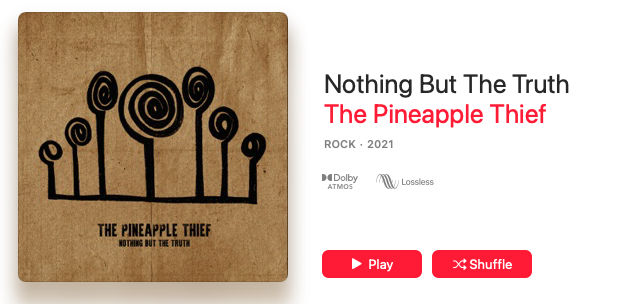
There has to be something exasperating about the idea of making an elaborate 12-speaker mix, then having it collapsed down to just two channels over headphones.
There is, but in a way it’s better than 5.1 because the listener’s setup doesn’t have to perfectly match yours. It’s better than nothing, but of course you’d love for them to hear how it sounds in your room.
Now that streaming platforms such as Apple Music and Tidal support playback of discrete multichannel audio in both 5.1 & Atmos–and websites such as IAA and NativeDSD host multichannel downloads –do you see yourself moving away from physical discs in the near-future?
There definitely seems to be demand for special editions, at least within our audience. There's plenty of enthusiasts out there who want a Blu-Ray with uncompressed 5.1 and Atmos, so I think there's always going to be a market for that.
What will happen with streaming? It’s obviously how the younger audience listens to music. In our case, we still sell a lot of physical products. An awful lot of vinyl, a lot of CDs, and a lot of Blu-Rays. So for us, it’s still going up. I’ve been asked this question for a long time, and it seems like the demise of physical discs hasn’t happened as quickly as many thought it would. For the time being, I think that two will coexist.
There’s a lot of debate in audiophile circles about the importance of high-resolution sound, though I’ve never perceived a drastic change in sound between the lossy DTS 96/24 codec commonly used on DVDs with the lossless DTS-HD Master Audio on Blu-Ray. Your solo album, All This Will Be Yours (2019), was issued on DVD and sounded phenomenal.
Yes, I would love to sit down with people and closely compare the two flavors of DTS. There is probably some perceptible difference, but it’s nowhere near as bad as a lot of users claim. There are some listeners who won’t even touch the DTS releases, which is frustrating because that’s what I offer when mixing for unsigned bands. It’s pretty easy for me to quickly author a DTS DVD and send them the DDP or ISO file for disc replication.
Blu-Ray is great, but the licensing to Sony comes at a huge cost. That’s the main problem. If it was a choice between no physical product and DTS DVD, I’d absolutely go with the DVD.

I know that the Dolby Renderer app allows one to dynamically change the number of speakers they’re monitoring on, in order to see how the object-oriented information will scale up and down. Do you ever change your monitoring output to 7.1.2 or 5.1.4 to see how the listening experience changes?
Yeah, it's a bit like when you're mixing stereo and press the mono button to make sure there’s no disasters. That being said, I would never just create an Atmos mix and then generate the 5.1 and stereo from that. I’ll always do a dedicated 5.1 and stereo.
It definitely makes a difference, especially for fans who haven’t yet taken the Atmos plunge. On Nothing But The Truth, you made the interesting decision of panning the vocal mainly to the side speakers. It sounds great on a 7.1.4 setup, with the vocal positioned dead center in the listening space, but all that information would be sent to a single rear pair on a 5.1.4 or 5.1.2 array.
On the dedicated 5.1 mix, that shouldn’t be. I remember hearing from people at the time of release that the 5.1 was back-loaded, but they must have been listening to a fold-down of the Atmos. If it were the other way around, I think you’d lose a really nice feeling of having me right in the middle. There are always compromises to be made.
Can you give any hints regarding future projects that involve 5.1 or Atmos? I believe you mentioned a third solo album was in the works some months ago.
Yeah. I'm working on a new solo album now that will definitely be in Atmos. I'm hoping I’ll be able to release it on Blu-Ray. Aside from that there’s a big release coming, with an awful lot of 5.1 content. It’s massive. Unfortunately, I can’t really say any more about it.
Finally, do you feel you’ve gained new fans as a result of embracing immersive audio?
It’s impossible to tell, though when we toured the states and did the VIP meet & greets there were a lot of questions about surround sound. “Are you going to do more?” “Will there be reissues of the back catalog?” It’s such a vibrant community, which is why I always offer the surround option to unsigned bands. Even having a 5.1 mix up as a download on Bandcamp could attract new listeners.

